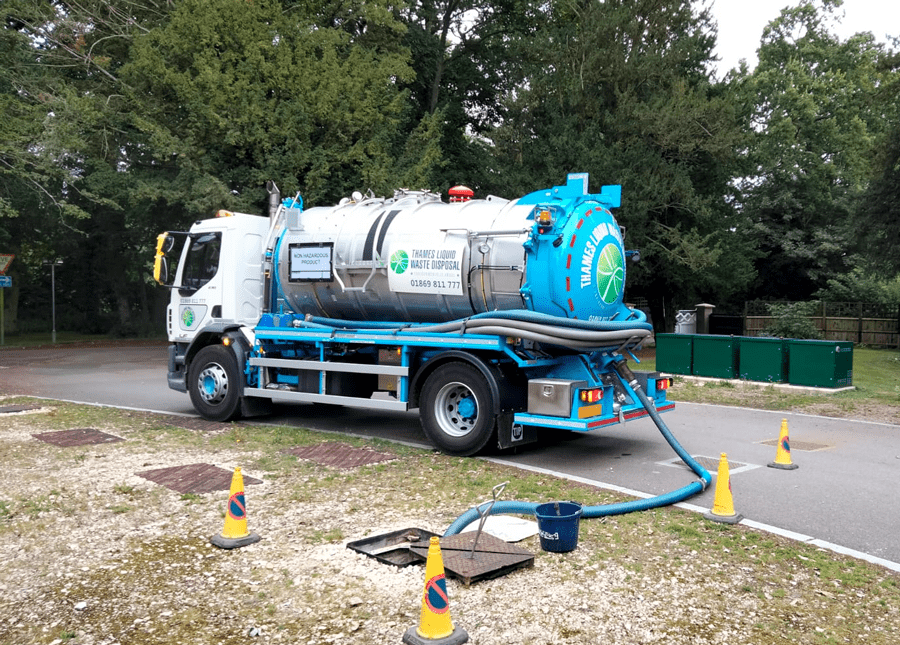Getting The Reclaim Waste To Work
Getting The Reclaim Waste To Work
Blog Article
The 30-Second Trick For Reclaim Waste
Table of ContentsTop Guidelines Of Reclaim WasteHow Reclaim Waste can Save You Time, Stress, and Money.Getting The Reclaim Waste To WorkExcitement About Reclaim WasteSome Known Incorrect Statements About Reclaim Waste
Discover the types, incidents, and forms of fluid waste. Domestic sewage waste refers to the waste and items from a residential sewage-disposal tank. This sort of waste is produced by humans in homes, colleges, and various other structures. This only consists of septic systems that have a drainpipe field. The proper monitoring and disposal of domestic sewage waste need liquid waste to be transferred to a sewer treatment plant where the correct approaches and devices are applied to cleanse and take care of waste.
Commercial waste commonly includes possible risks, such as combustible materials or a blend of liquid and strong waste items, and calls for an extra innovative and comprehensive disposal procedure. The disposal of industrial waste normally includes the filtering of waste prior to transportation to make sure secure and correct disposal. Hazardous waste is created from by-products and runoff of industrial procedures and production.
This sort of waste can not utilize the exact same sewage monitoring transport or procedures as septic or industrial fluids. The commercial waste monitoring process needs the examination and screening of liquid waste before it goes through the disposal process (liquid waste removal). Drainage waste is the fluid waste that comes from runoff and excess stormwater in very booming locations or cities
Overflow waste can cause contamination and flooding if not dealt with properly. Making certain proper waste management can avoid disasters and lower ecological harm.
The Basic Principles Of Reclaim Waste
Contact PROS Providers today to learn more about our waste monitoring and disposal solutions and the appropriate means to take care of the liquid waste you generate.
(http://peterjackson.mee.nu/where_i_work#c2441)This so-called 'wastewater' is not just a crucial source yet, after treatment, will be launched to our land, rivers or the sea. Made use of water from toilets, showers, baths, kitchen sinks, laundries and commercial procedures is understood as wastewater.

water made use of to cool equipment or tidy plant and devices). Stormwater, a form of wastewater, is runoff that moves from farming and metropolitan locations such as roof coverings, parks, yards, roadways, paths and rain gutters right into stormwater drains, after rainfall. Stormwater moves without treatment straight to regional creeks or rivers, at some point getting to the sea.
6 Simple Techniques For Reclaim Waste
In Queensland, most wastewater is dealt with at sewer therapy plants. Wastewater is transported from residential or commercial sites via a system of sewers and pump stations, known as sewage reticulation, to a sewer treatment plant.
The Division of Natural Resources suggests city governments concerning managing, operating and maintaining sewerage systems and therapy plants. In unsewered locations, city governments may call for householders to mount individual or home sewer therapy systems to deal with domestic wastewater from bathrooms, kitchens, washrooms and laundries. The Division of Natural Resources authorises the use of house systems when they are proven to be reliable.
A lot of stormwater receives no therapy. In some new communities, treatment of some stormwater to get Check This Out rid of clutter, sand and crushed rock has begun making use of gross pollutant traps. Wastewater treatment occurs in 4 phases: Removes strong issue. Larger solids, such as plastics and various other objects mistakenly discharged to sewage systems, are gotten rid of when wastewater is passed with displays.
Utilizes little living organisms knows as micro-organisms to damage down and get rid of staying dissolved wastes and fine particles. Micro-organisms and wastes are incorporated in the sludge.
5 Easy Facts About Reclaim Waste Shown
Nutrient elimination is not available in all sewage treatment plants due to the fact that it needs expensive specialised devices. It is ending up being more usual in Queensland. Clear fluid effluent created after therapy might still include disease-causing micro-organisms. If this effluent is launched right into rivers such as rivers or the sea, the micro-organisms will at some point pass away out.

A lot of wastewater flows right into the sewerage system. Under the Act, neighborhood federal governments provide authorizations and permits for environmentally pertinent tasks (Ages) entailing wastewater launches that may have a local influence.
Reclaim Waste Fundamentals Explained
Surveillance provides valid information regarding water top quality and can validate that licence problems are being met. The information gotten via surveillance provides the basis for making water top quality choices.
Report this page